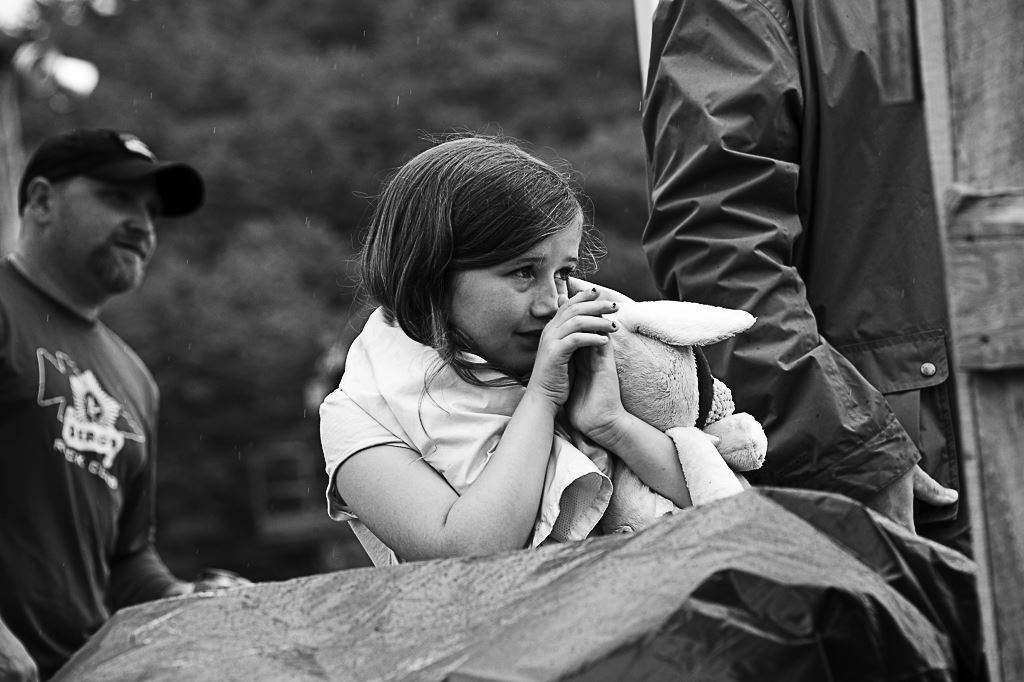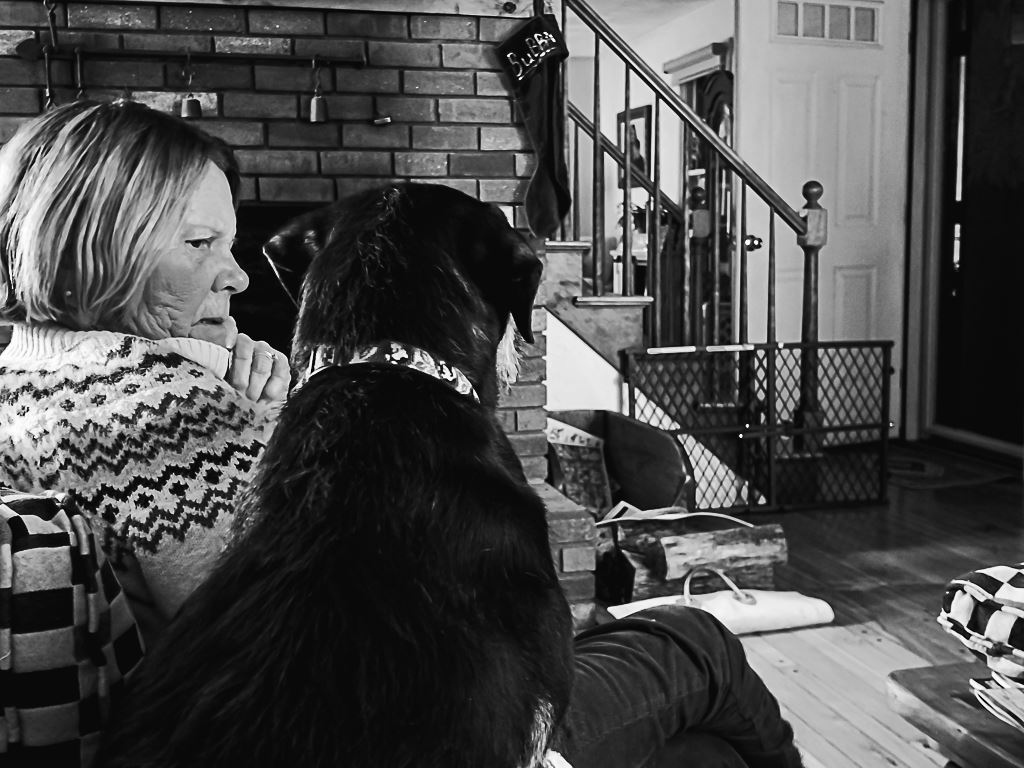Let’s welcome Jim Napier, a new NHSPA member who lives in Plymouth, NH. He joined because, “Nature abhors a vacuum and creativity abhors a bubble. I lived in the bubble of rural Northern New England most of my life, long enough to know social isolation is [a] threat to survival up here."

He described himself as a “card-carrying social phobic.” He is no fan of the vulnerability it takes to have one’s work critiqued by others. But, as he said, “through the wisdom of age, exposure, and Prozac, I came around to the popular belief that constructive criticism is an absolute necessity to improve my [work].”
Jim said that over the past 30 years, he has found it difficult to find like-minded artistic communities. The groups he found were difficult to break into, especially when his “artistic vision is based on moody existentialism and not pretty pictures…”

He moved to Plymouth in 2019, and again began a search for a local arts scene. Then Covid struck. He felt a sense of deja vu, so he reached out to Maundy Mitchell, a portrait photographer who also lives in Plymouth, for advice. “She suggested this group and I immediately joined.
“I've searched for a very long time for a sense of community and believe I found it.”

When asked what drives him, Jim said, “Time. I have wasted too much time. I was born with a love and talent for creating art. I was also born with an intense curiosity of literally everything, especially a love of problem solving. Not that you can't be right and left brained with ADHD and be a successful artist, you can. It just makes it very difficult to stay on any one track. Especially when you have pressure to choose the safe track.
He was trained in painting, drawing, photography, poetry, and art history in his youth. He did well and was encouraged until “the time to think about picking a college and a profession. I became stuck on the track to Medicine. Although fascinated with the problem-solving part of medicine, my secret driving force was learning anatomy drawing and photographing my dissection of cadavers.”

In college, he stayed on the med school path but continued with independent study in art. But then he realized he had made a mistake. In medical school, he continued painting and printing negatives in the bathroom, but “medicine is all consuming and it was driving me crazy.”
By 2010. He decided he had kept his true self hidden long enough, so he quit medicine and started making art. “I did all sorts of odd jobs to survive and buy supplies. I lived on a farm, on a dirt road five miles from anything. Except for my dog who served as my critic, subject, (and muse) I lacked an artistic or social network.”
Time is of the essence now for Jim. He said, “I will be 56 next month...I understand that if I want to succeed with my goals, I must do it within the next decade.”

Jim’s favorite medium is film. He started in the darkroom between 2nd and 3rd grade and immediately felt at home. “I love the whole process of Black and white photography: mixing chemistry, developing, composing, printing- all the little choices which end as a final print.” As film became prohibitively expensive and camera shops disappeared, I realized it was time to go to the ‘dark side.’”
He switched to digital photography in 2006, which, he felt expanded his creative options, especially when it came to post-production. He enjoys the immediacy of digital work.
The downside of digital work, he said, is a “complete dependency on the latest hardware, firmware, software, sensors, plus your computer system, in a word, you are tied to the speed of technology. And, if you fall behind of the latest tech, your images quickly start to look [bad].
For these and other reasons, Jim is drifting back to film photography. “These days I typically carry my Nikon D4s as well as my F4s. I use a Mamiya RB67 as a studio camera.” He sees film and digital as complements to one another.

Jim is always working on multiple projects at the same time. He is getting photography business going, which, among other things, takes "grit."
He has an exhibit at Centerline Architects, 174 Battery St., Burlington, VT, with about a dozen pieces of framed work, as well as small, matted prints for sale. The show runs through March.
Several of his projects lean toward photojournalism. One documents how technology is affecting human interaction. One is about the divisive political climate, and another is a documentation of people performing their jobs with short interviews about their work.
He has also been working for years on how to create 3D photo constructions. “I see using some type of emulsion on a transparent substrate creating a free-standing assemblage.”
As for what he’d like to learn next, Jim said, “There is so much to learn! I want far more education in formal portrait photography and to master darkroom technique. Really, to just be better at everything than I am now. I don't even know what I don't know!”
You can see more about Jim Napier and his work on his website: https://www.studionapier.com/